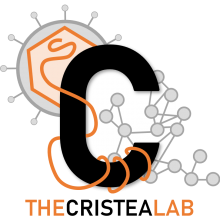Regulation, Function, and Detection of Protein Acetylation in Bacteria
Type
-Lysine acetylation is now recognized as an abundant posttranslational modification (PTM) that influences many essential biological pathways. Advancements in mass spectrometry-based proteomics have led to the discovery that bacteria contain hundreds of acetylated proteins, contrary to the prior notion of acetylation events being rare in bacteria. Although the mechanisms that regulate protein acetylation are still not fully defined, it is understood that this modification is finely tuned via both enzymatic and nonenzymatic mechanisms. The opposing actions of Gcn5-related -acetyltransferases (GNATs) and deacetylases, including sirtuins, provide the enzymatic control of lysine acetylation. A nonenzymatic mechanism of acetylation has also been demonstrated and proven to be prominent in bacteria, as well as in mitochondria. The functional consequences of the vast majority of the identified acetylation sites remain unknown. From studies in mammalian systems, acetylation of critical lysine residues was shown to impact protein function by altering its structure, subcellular localization, and interactions. It is becoming apparent that the same diversity of functions can be found in bacteria. Here, we review current knowledge of the mechanisms and the functional consequences of acetylation in bacteria. Additionally, we discuss the methods available for detecting acetylation sites, including quantitative mass spectrometry-based methods, which promise to promote this field of research. We conclude with possible future directions and broader implications of the study of protein acetylation in bacteria.

